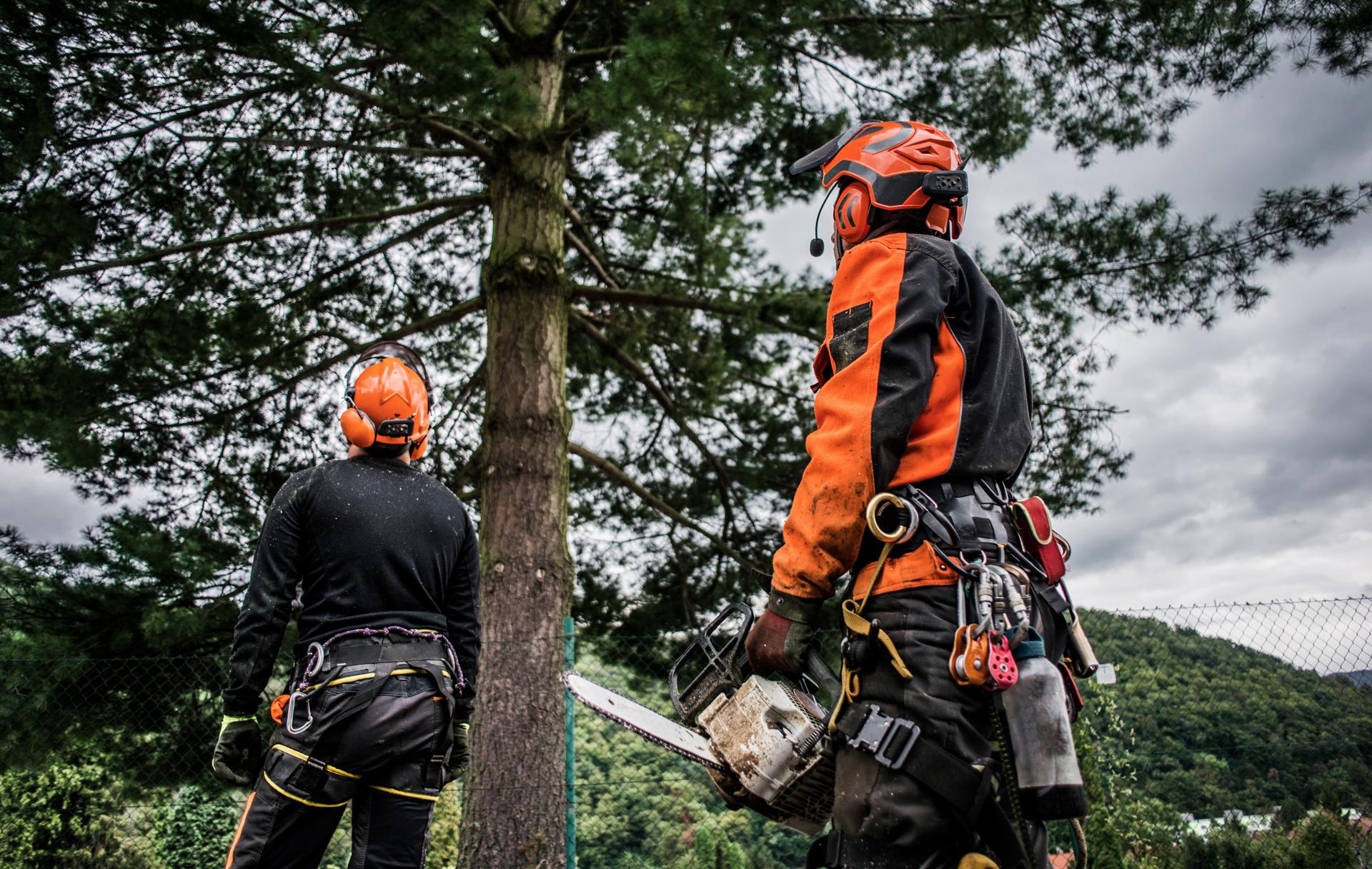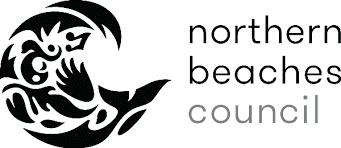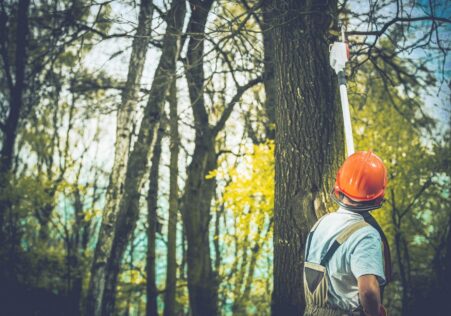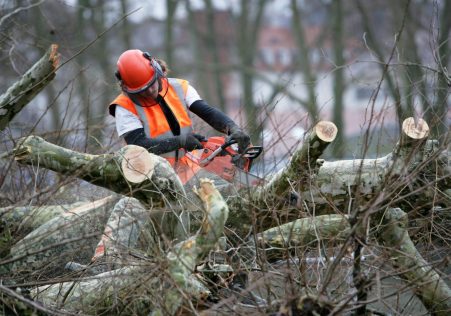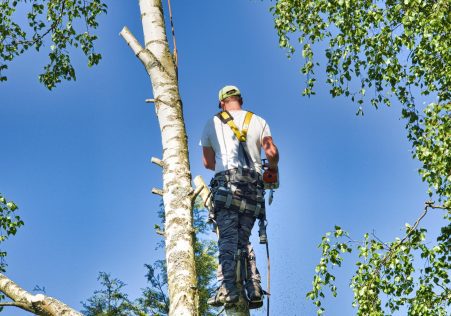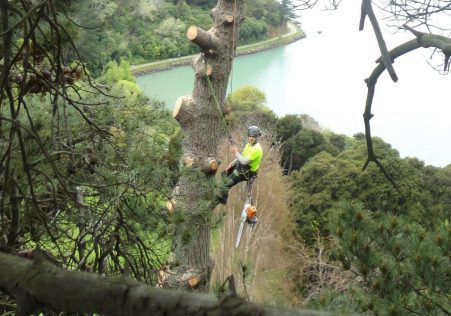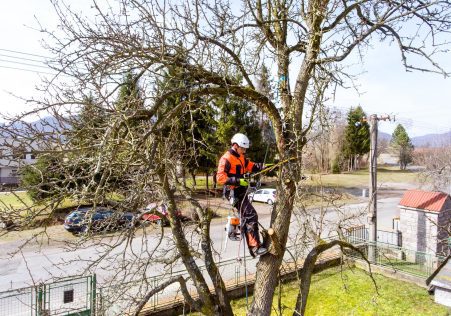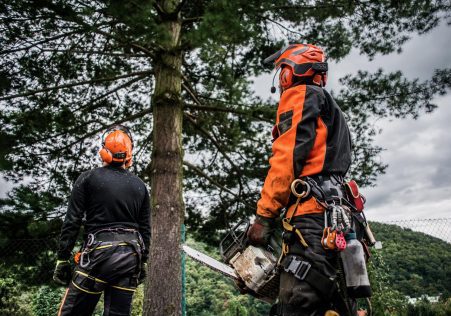Expert Checklist: Ways to Determine if a Tree Requires to be Cut Down

Tree removal is a difficult and possibly dangerous job. If a tree is dying, diseased, or at risk to fall, the tree might need to be removed in order to protect property and guarantee safety. But how can you tell if a tree needs to be removed? This article will walk you through the signs to watch out at and guide you decide whether it’s time to call in the experts.
Dead or Dying Trees
One of the most obvious signs that a tree must be taken down is if it’s dead or dying. Dead trees do not have leaves and can appear dead. If a tree has no leaves or evidence of new growth, it’s probably dead. The bark of dead trees may be dry, cracked, or peeling.
Diseased Trees
The trees that are sick could pose a danger to the other plants and trees in the surrounding area. The most common signs of disease for trees include yellowing leaves, wilted branches, and mushrooms growing at the root of the tree. If you suspect your tree might be suffering from disease, it’s important to have it inspected by an arborist who is a professional.
Leaning Trees
TreesLeaning trees towards one side could be a sign of a failing root structure, and the tree may be in danger of falling. To determine if a leaning tree is at risk, look for cracks or breaks within the trunk and look into the soil surrounding the tree’s base. If you see any of these indicators, it’s best to have the tree evaluated by an arborist.
Overhanging Branches
Overhanging branches of trees located close to power lines or structures could pose a threat to property and safety. If you are concerned regarding branches that hang overhanging, it’s best to be evaluated by an arborist to determine whether removal or pruning is required.
FAQs
How can I tell whether a tree is dead?
An individual tree can be said to be to be dead if it is without leaves and shows no signs of growth. In addition, the bark of a dead tree can be dry, cracked or peeling.
What are the signs of a dying tree?
Common signs of illness in trees are the appearance of yellowing leaves, wilted branches, and mushrooms growing at the base of the tree.
Is it safe to take down an entire tree on your own?
Tree removal is a complex and possibly dangerous job. It’s best to delegate it to experts who can protect you and your family members.
Conclusion
When it comes to tree removal, it’s important to be able to identify the signs that a tree requires to be cut down. If you are aware of indications of dying or dead trees, diseased trees overhanging or leaning branches You can take action to protect your property as well as those around you. If you think that the tree that is on your property requires removal do not hesitate to contact Christchurch Arborist for a professional review. Our highly trained arborists have the expertise and tools to take care of all the tree removal requirements. Don’t risk your safety. If you suspect that there is a tree in your yard that needs to be removed, please contact Christchurch Arborist today for a professional assessment. Our expert arborists will provide you with the security that comes from knowing your property is in good with us. Contact us today at 0800 480 554 to schedule an appointment.


